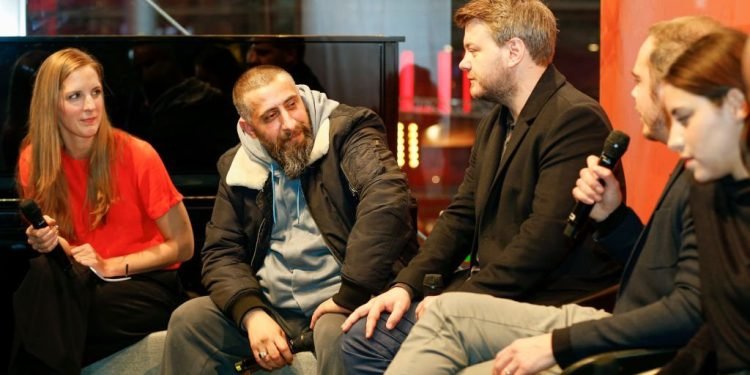Overall range spending will “flatten and slightly decline” this year. According to Guy Bisson of Ampere Analysis, who spoke at Monday’s opening panel of the Berlinale Series Market, which runs through Feb. 22, this trend might continue for “at least” the next couple of years.
“We are entering a stage of market maturity in streaming when growth is tough to come by. “We see that throughout the world, but most notably in the United States,” he noted.
Nonetheless, one “lockdown tendency” has persisted: unscripted commissioning has surpassed scripted, with streaming commissioning presently focused on documentary, entertainment, and reality.
“All of the areas that have expanded the most drastically are unscripted,” he says. “We will see more low-cost material and an increase in reality entertainment, which will benefit client retention.”
While there is increasing convergence between streamers and broadcasters, “especially for unscripted forms,” crime remains strong, oddly reflecting an aging streaming user base.
There is also a rising interest in the biographical and historical drama, as seen by successful “Yellowstone” prequels “1883” and “1923,” cracking the top 10 most popular internationally streamed episodes in December.
There is also room for fantasy and dark humor, with Netflix’s “Wednesday” and Mike White’s Jennifer Coolidge-perfected satire “The White Lotus” dominating Italy and the United Kingdom.
Meanwhile, broadcasters return to crime and period drama, with procedural “Soko Linz” winning in Germany (and repeating in 2022) and highly praised Western “The English” in the United Kingdom, while action-packed “Peace Force” pleased Spain.
When the focus turns to Asia in commissioning activities — South Korea, Japan, China, or India – the industry’s embrace of advertising-supported models has far-reaching ramifications for content development and delivery.
“From the type of content in need to the competitive climate for conventional commentators, to direct monetization opportunities for content landlords and the reinvigoration of the worldwide licensing and syndication model,” Bisson explained.
“Keeping this high-value material to oneself suddenly doesn’t seem so appealing.”
According to the report, the substantial increase in AVOD users may be traced to the COVID-19 epidemic, as consumers switched to ad-supported services to augment their viewing during lockdowns.
Currently, 32% of US consumers routinely watch SPEED channel platforms, and Latin America is catching up swiftly.
“FAST is not taking off in every market. “It’s still relatively modest in Western Europe,” said Bisson, citing the power of local BVOD [broadcaster-led video-on-demand] systems as one of the reasons.”
AVOD/FAST viewers are currently significantly more likely to be male, over 35 years old, and prefer sci-fi, anime, horror, and music.
“If you evaluate these choices against the catalogs of AVOD services, it suggests they are losing out on some of these main categories. Original commissions from SPEED channel platforms are becoming increasingly popular.”
